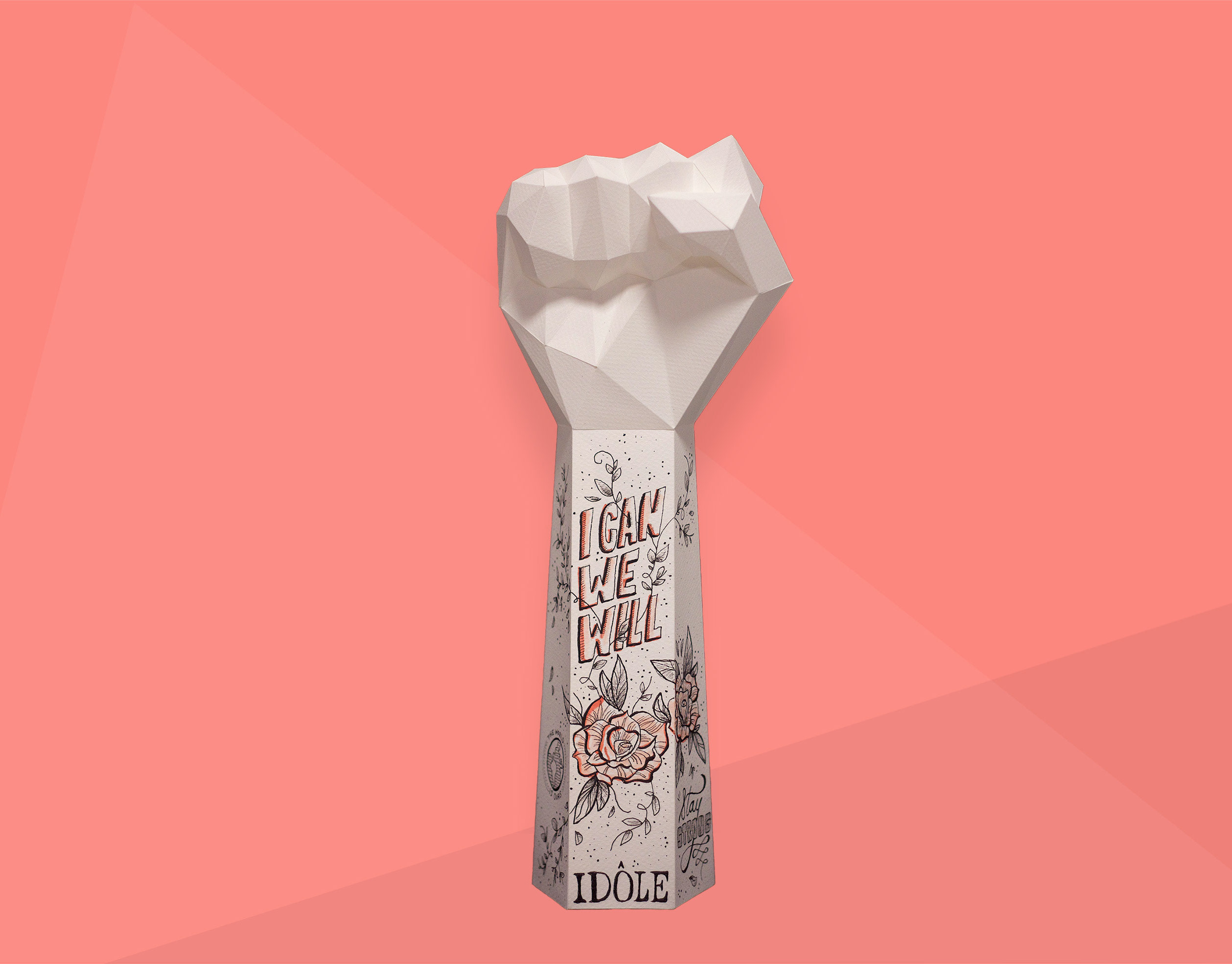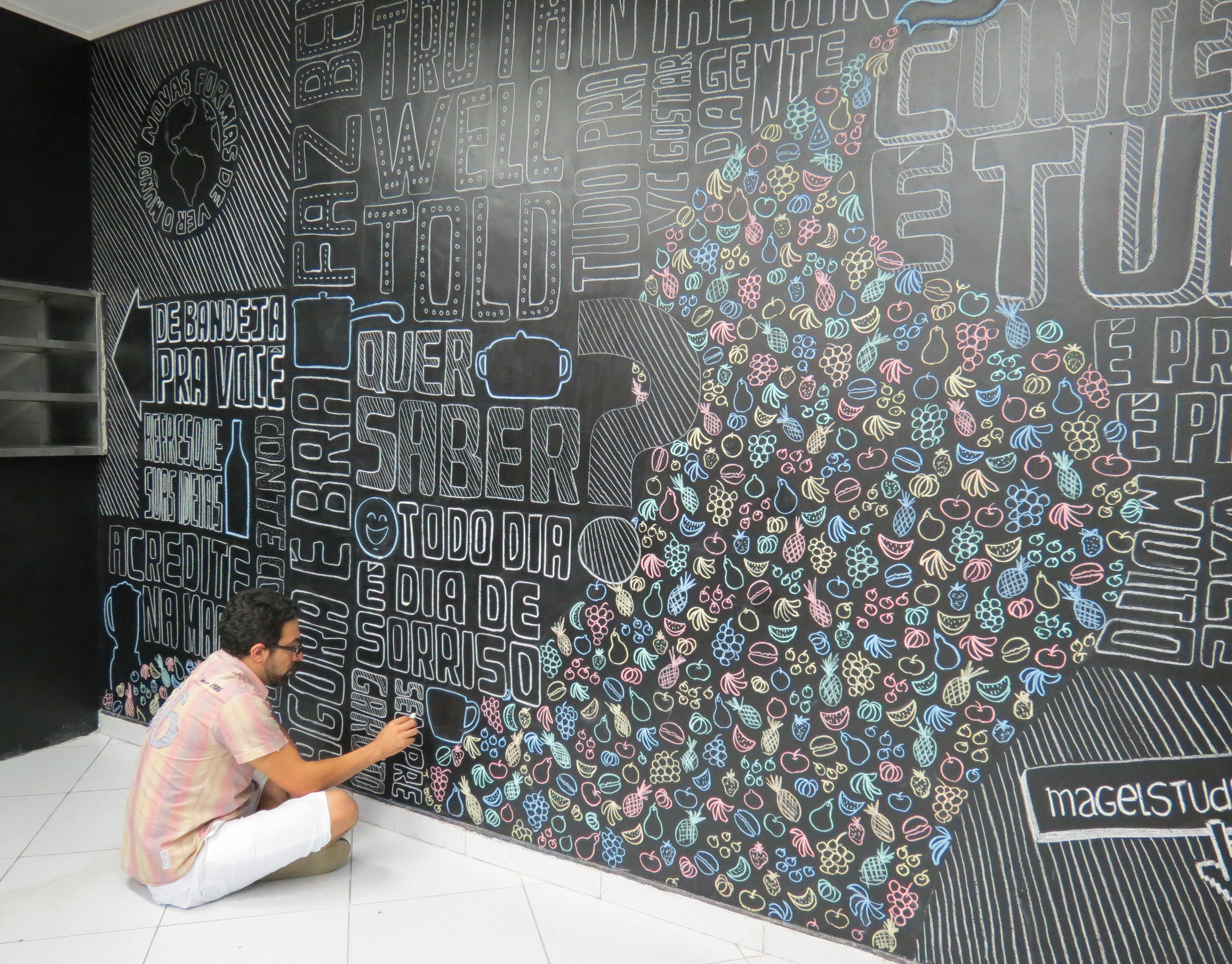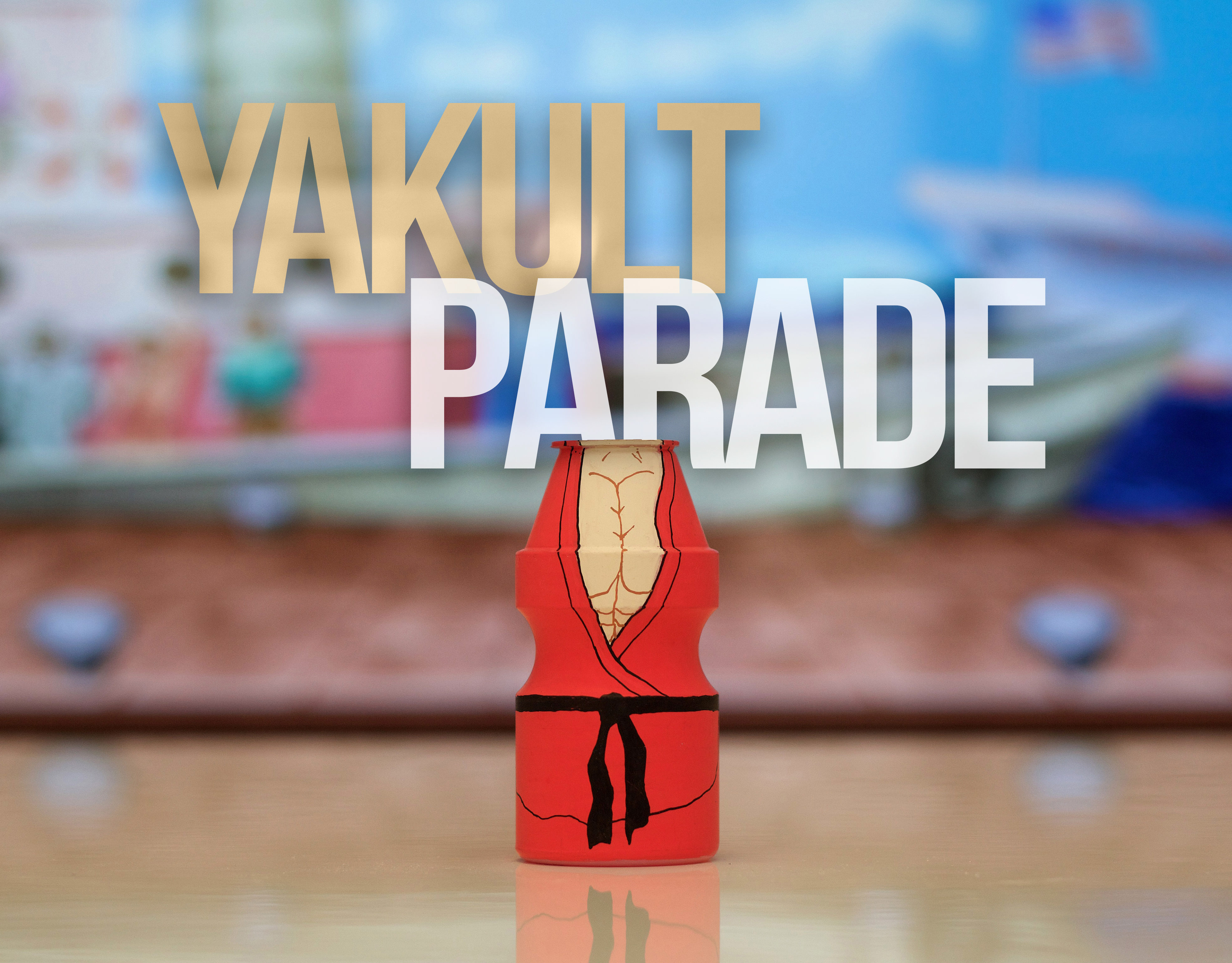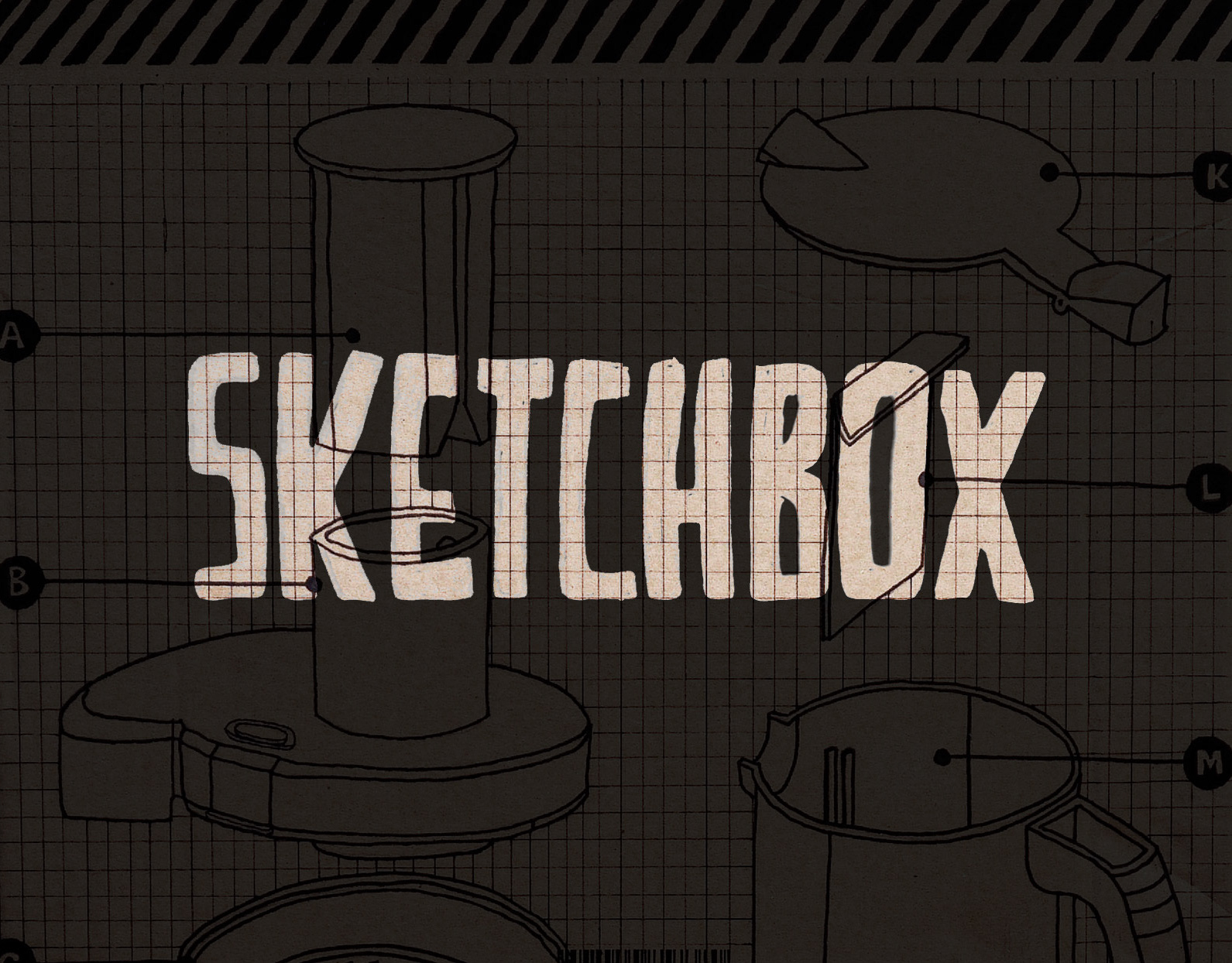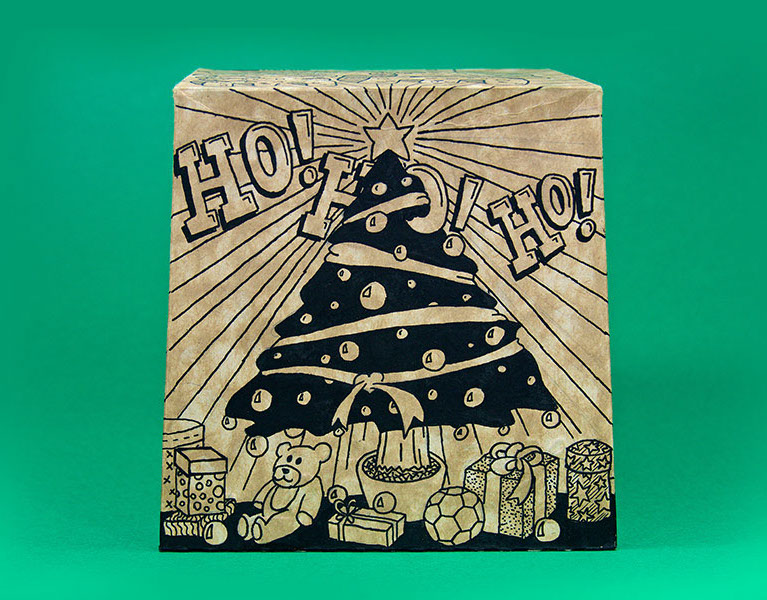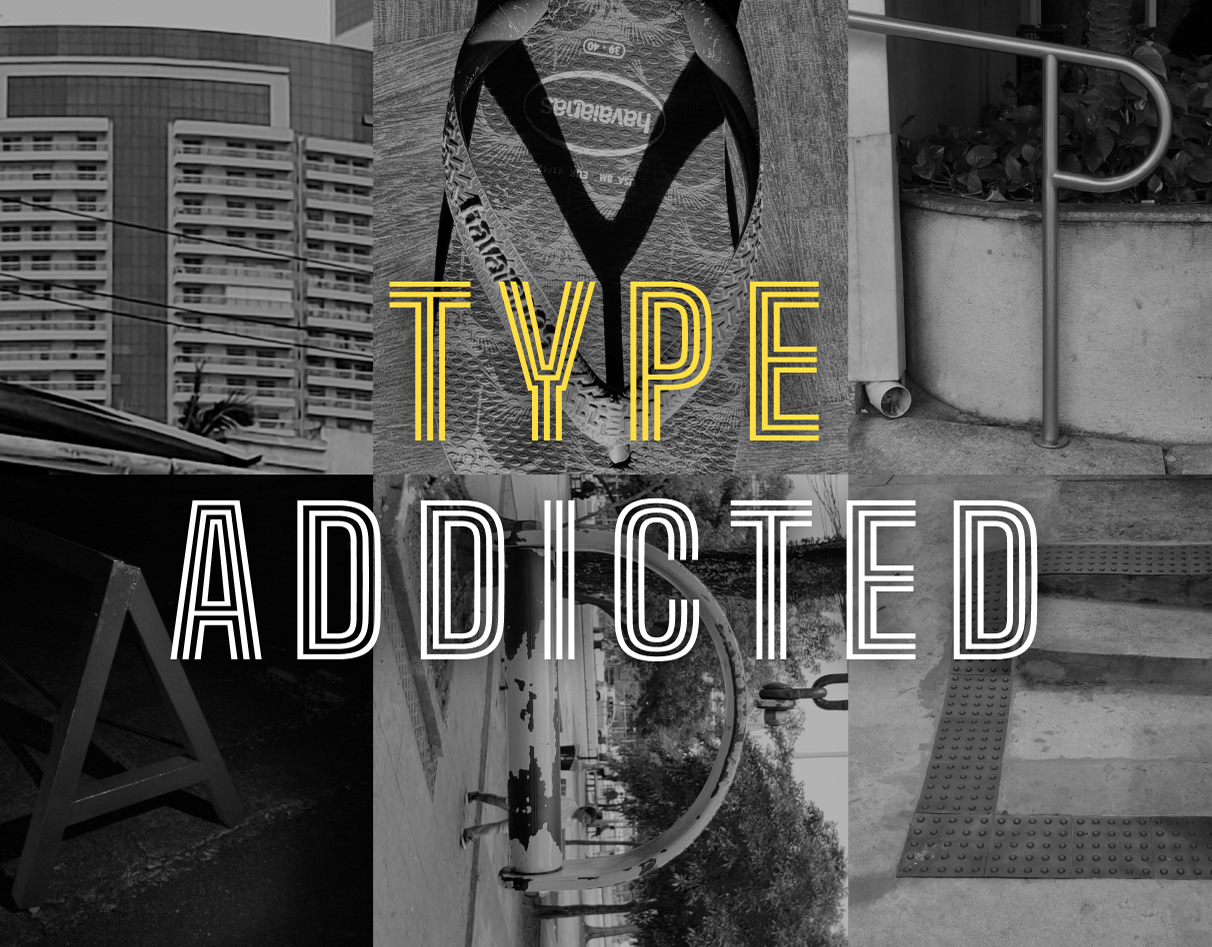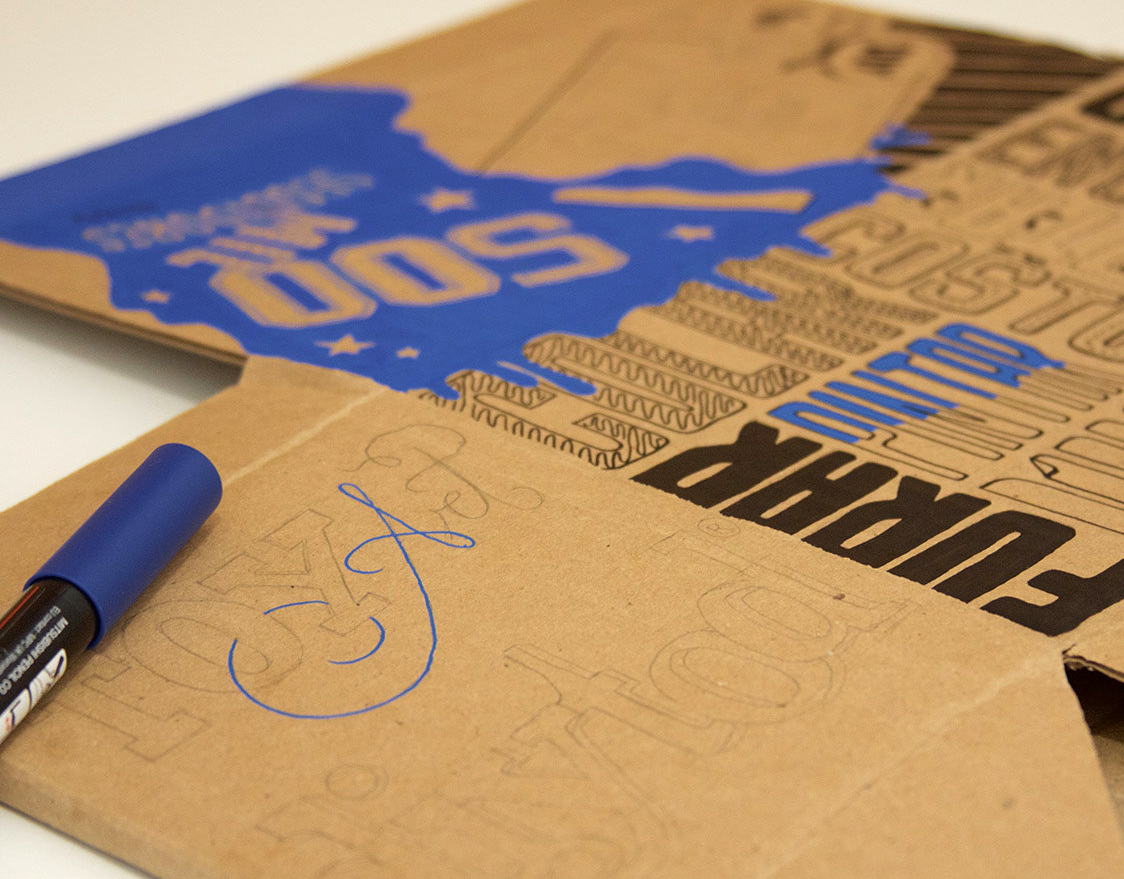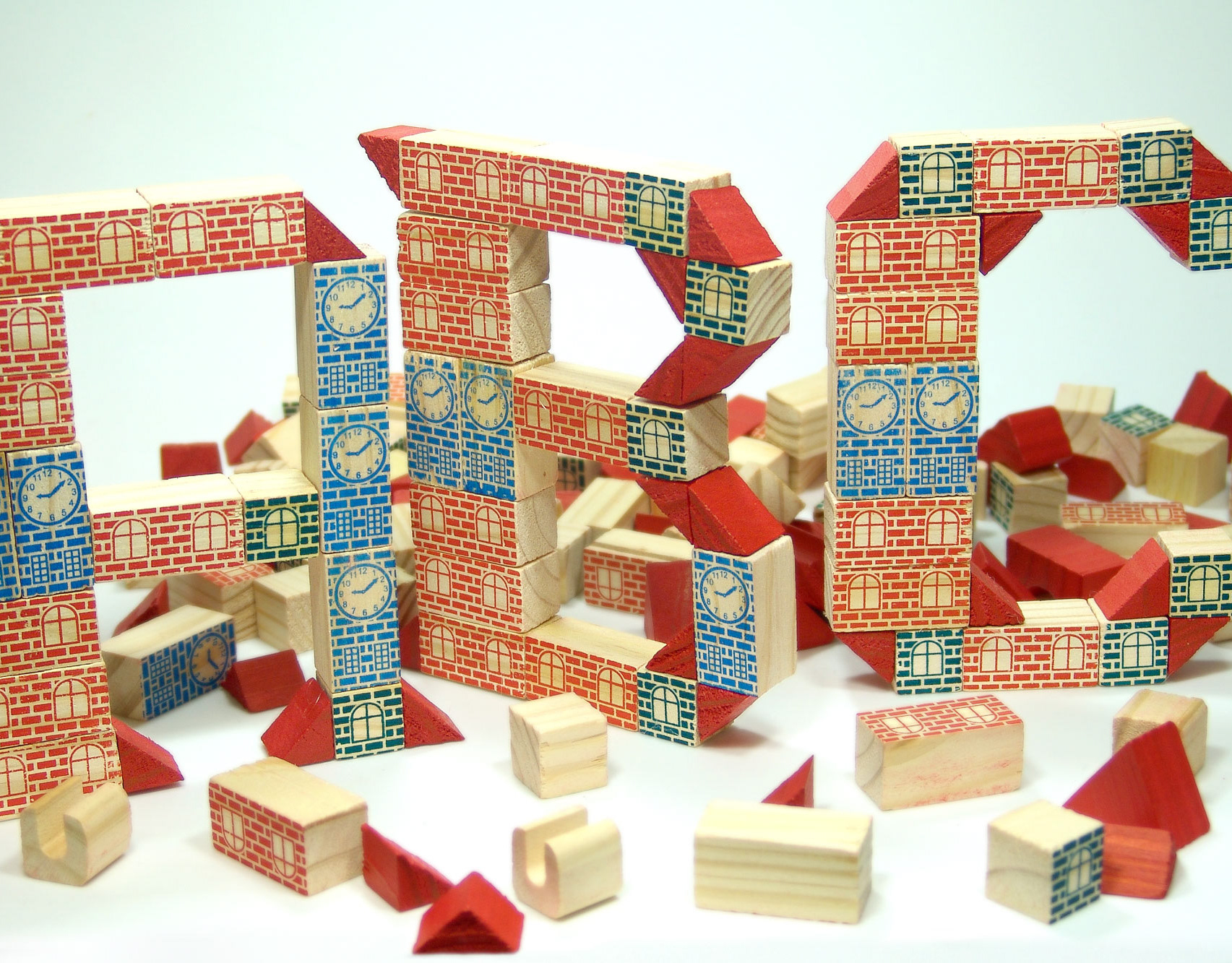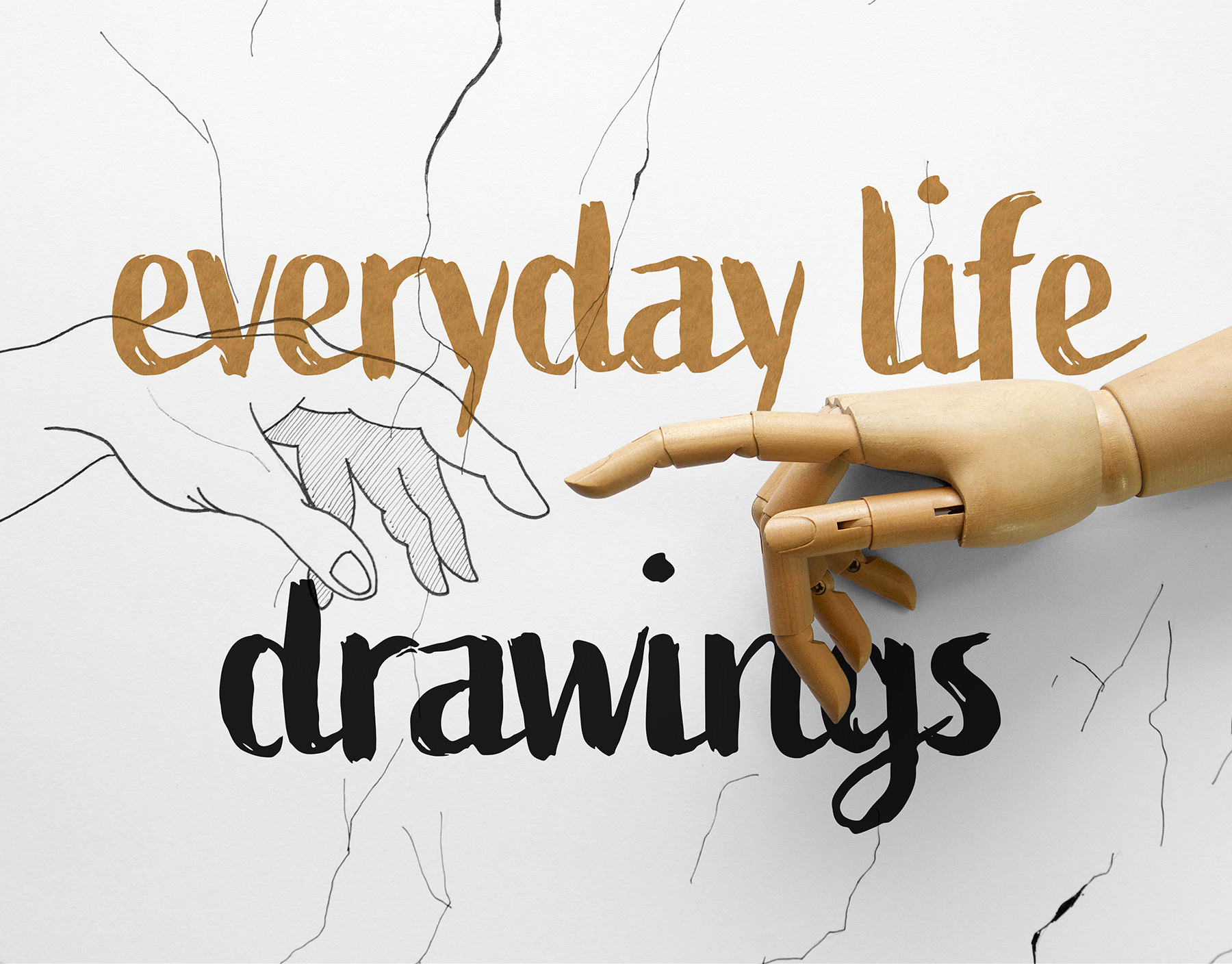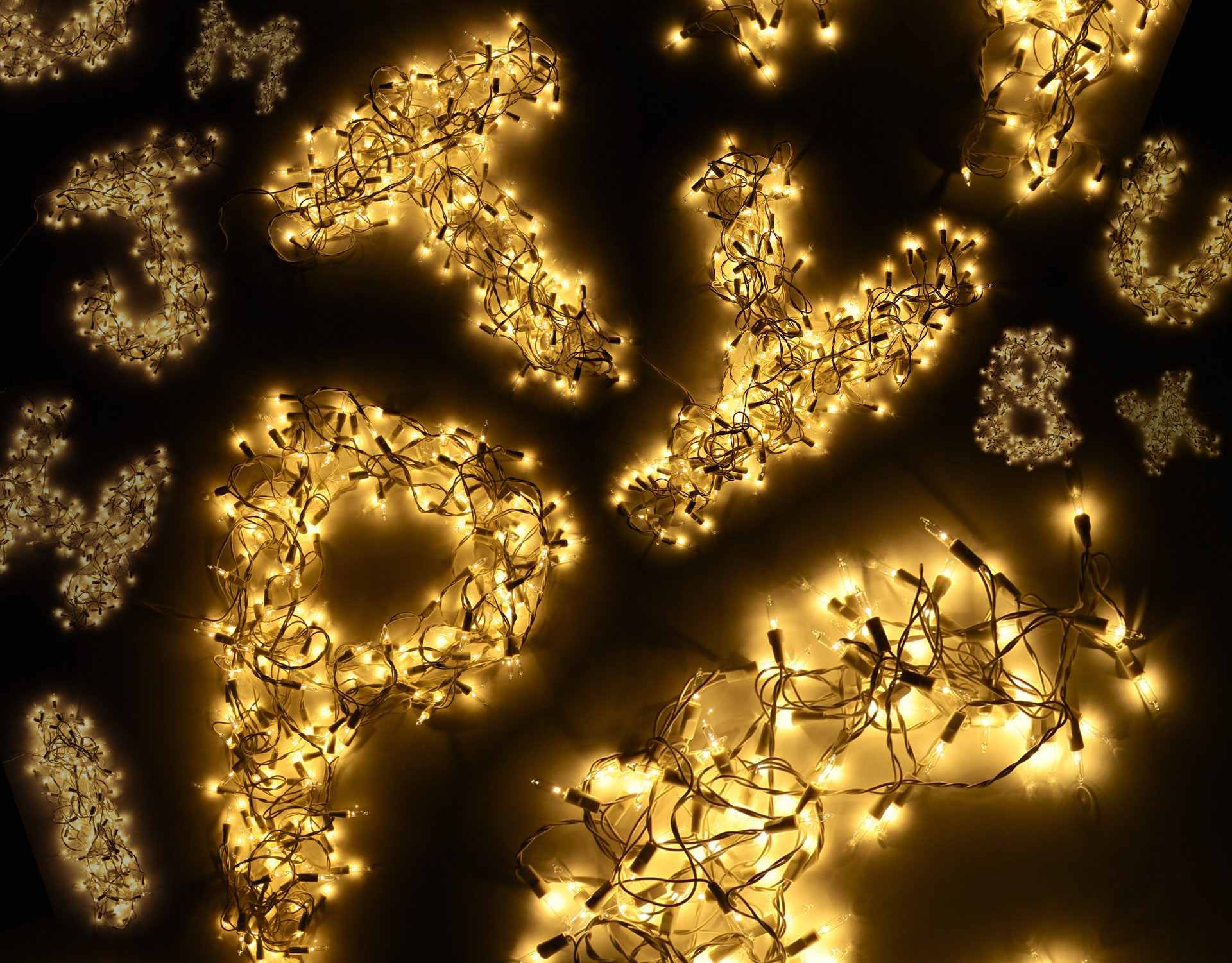Run, Marquinho!
It’s the phrase my body always said to get me to exercise, but... what about the motivation?
The motivation came from a passion that, anyone who knows me or follows my projects here, knows very well what it is: Typography. That's right, I’m passionate about using letter forms to create another shape, in an unusual, fun way. So I combined the useful with the pleasant—typography and cycling—to carry out this project.
I searched the map for blocks that were as homogeneous as possible so that I could draw a real grid and then start cycling and drawing, letter by letter. The idea for the preliminary sketch, made in Illustrator, was to plot the route to serve as my guide for this challenge.
The motivation came from a passion that, anyone who knows me or follows my projects here, knows very well what it is: Typography. That's right, I’m passionate about using letter forms to create another shape, in an unusual, fun way. So I combined the useful with the pleasant—typography and cycling—to carry out this project.
I searched the map for blocks that were as homogeneous as possible so that I could draw a real grid and then start cycling and drawing, letter by letter. The idea for the preliminary sketch, made in Illustrator, was to plot the route to serve as my guide for this challenge.
Guide and tests
The entire ride was done late at night because, in addition to needing to enter some streets against traffic, the lack of traffic reduced the risk of accidents.
Another important context to consider was that I needed to view the guide at night, with low lighting in some streets. I also had to quickly assimilate which streets I needed to turn into and whether the turn was to the right or left.
So, I carried out some "on-the-go" tests until I arrived at a model I could see and follow as best as possible. The first two were the most difficult because I couldn’t see the street names. The low contrast of the map also made it harder.
Another important context to consider was that I needed to view the guide at night, with low lighting in some streets. I also had to quickly assimilate which streets I needed to turn into and whether the turn was to the right or left.
So, I carried out some "on-the-go" tests until I arrived at a model I could see and follow as best as possible. The first two were the most difficult because I couldn’t see the street names. The low contrast of the map also made it harder.
Data
To trace the letters, I used a mobile app that also allowed me to access the data via desktop browser. At the time, I used Sports Tracker.
Believe it or not, every meter of the route was counted, from the round trips to the starting point, the letters themselves, and even the mistakes—meaning the letters I had to redo, while pedaling, of course.
Believe it or not, every meter of the route was counted, from the round trips to the starting point, the letters themselves, and even the mistakes—meaning the letters I had to redo, while pedaling, of course.
And since all the letters were created within the planned grid, I achieved unity among them.
And the rest?
The project was discontinued for reasons such as: I moved from the neighborhood where I used to ride, got married, had a daughter, and my busy routine made it impossible to continue. Another reason for the pause was that, for me, it didn’t make sense to continue in a different neighborhood and change the "grid" and proportions of the letters I had already traced.
So, below are the guides I had already prepared and some lowercase letters I had also started planning. Who knows, maybe one day the project will return...
So, below are the guides I had already prepared and some lowercase letters I had also started planning. Who knows, maybe one day the project will return...
...as Einstein used to say:
